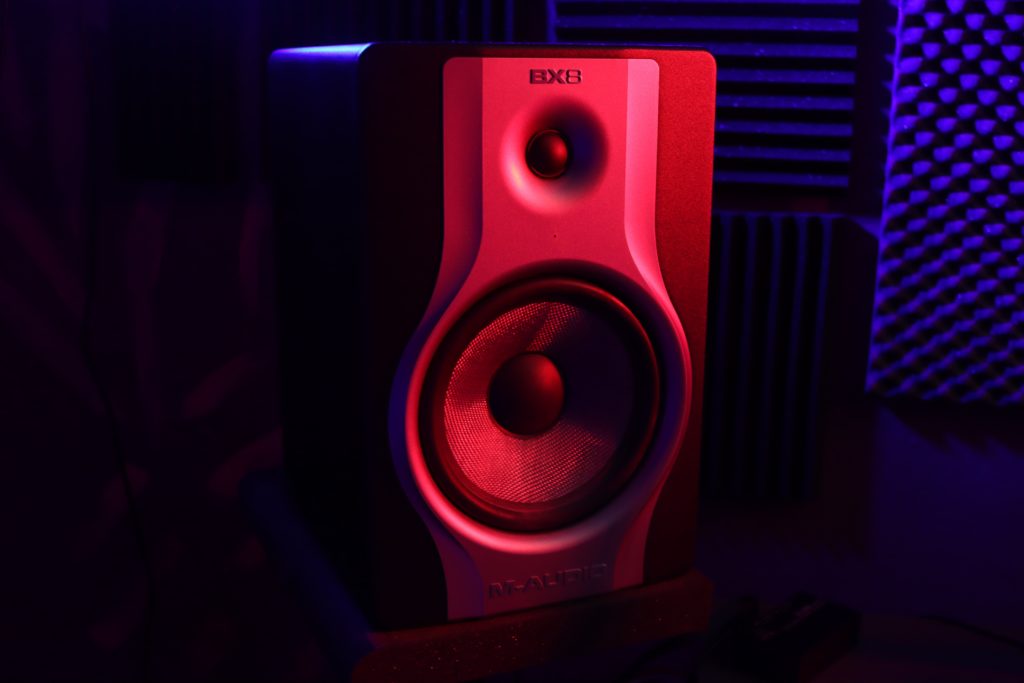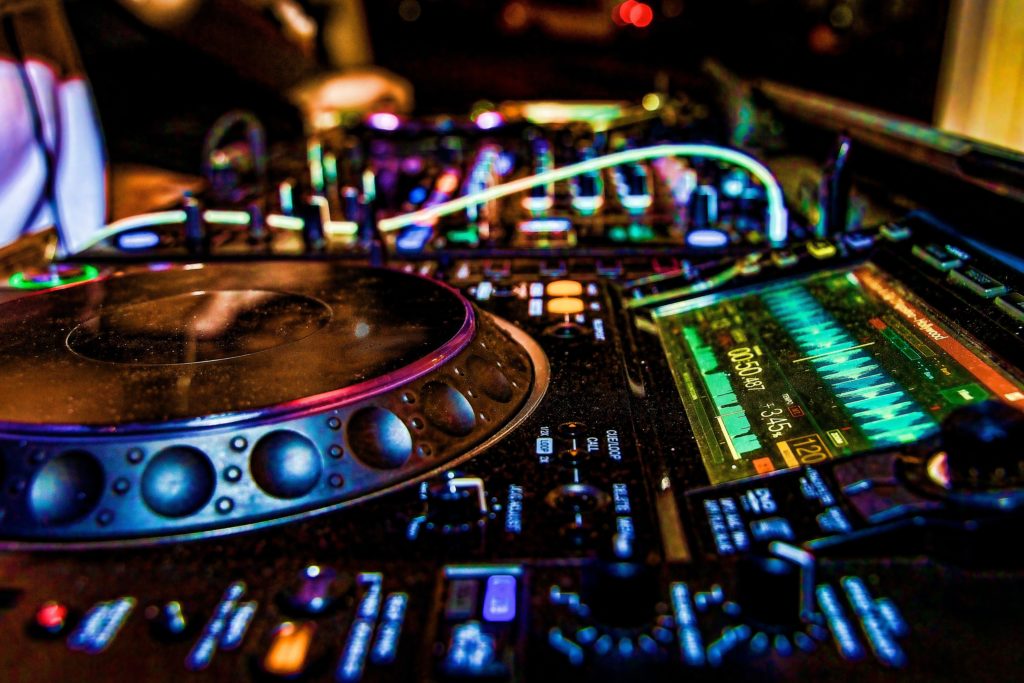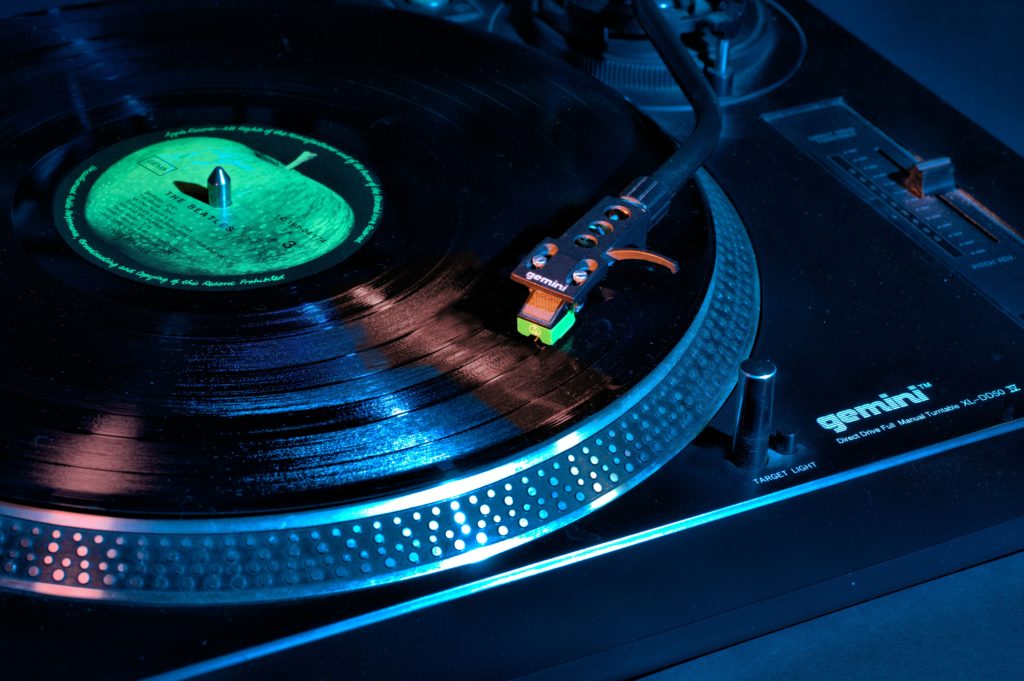Sometimes inspiration can hit us at the most unexpected times, and when you’ve got the urge to create something – whether it be music, art, literature or anything else which gets your creative juices flowing – the process can be effortless.
More often than not, however, sourcing ideas and inspiration to create something actually good is a job on its own. Especially when it comes to songwriting. That’s why we’ve outlined some key points to help you structure your ideas better and make the songwriting process run more smoothly.
Establish the Equipment You Want To Use
It doesn’t matter whether you’re a one-man-band singing and playing on a single guitar, or a producer armed with 3 synthesizers, a drum pad, FX pedal, etc. While you may not use all of it, it always helps to have it there just in case some of it naturally finds its place into the tune.
Draft Up Some Lyrics
While many composers find that lyrics flow better and they can fit them better to a tune after all the main bits are done, in many cases the words can end up shaping the song overall. One of the hardest aparts in this process is coming up with lyrics that are powerful, rhymically pleasing to the ear and tell a story. It’s always good to think about the vocal elements in the beginning of your project.
Break Down the Elements
Maybe you’re someone who likes to lay the foundations of their song with a drum pattern first, or perhaps you would rather get the melodic parts of your tune in place before thinking about the rest. It’s up to how you do it – but once you have a pattern it becomes much easier to layer the other elements in your track, rather than attempting to construct it all in one go. You can also play around with the different keys and see which one fits all the parts in your track best.
Start Setting the Structure
Separating the different elements you want to incorporate into your track is one thing, but after 16 bars, you’ll probably end up stumped about what to with it next if you don’t have any kind of structure for your tune in mind. Most songs tend to work with a verse, chorus, verse, chorus, breakdown/bridge, chorus, verse, and possibly some interval buildup in between; it really depends on how long you want the song to be…
Give Listeners Something To Remember
The best songs (and the most annoying) are the ones that stay in your head. Sometimes this can be the lyrics, a guitar solo or riff, a meaty chorus, some cool effect, or anything else that hooks your audience. Try and come up with multiple hooks in your verses, choruses, lyrics and the way you play your instruments, and it will be a track that people remember. Not like a lot of music these days which becomes expendable and boring quickly.
Strip it Back
Now that you pretty much have the structure, elements and lyrics down for your track. Now it’s time to cut out anything which doesn’t really need to be there, or that makes the track sound a bit muddy. Although it’s always good to lay down all your ideas in the beginning, tracks can easily become overcrowded and this takes a lot of the limelight away from the best parts of your tune. Tidy it up by playing around; take bits out to see what still sounds good without losing too much the stuff that gives the tune depth.
Get Feedback from Others
Once you’re happy with the draft of your track, it’s a wise idea to get feedback from another set of ears that you trust to give it to you straight. If you show it to your mother or someone who doesn’t have much of a musical ear – by default you’re probably going to get praised and told its the best thing since slight bread. This is NOT the kind of feedback you want. You want someone with a trained ear (preferably another artist) who is going to give you constructive criticism, and point out any areas which might need improvement – which leads us onto the next point…
Rework and Mixdown
Nobody wants to be told that their track is garbage, but it’s better that you hear this upfront rather than your tune go public and become an instant flop. Many artists end up creating multiple versions of their song to get it sounding how they want it, and sometimes it doesn’t even sound anything like how they pictured it in the beginning. But defining your work is important, and the finishing touches are even more so!
Get Your Track Mastered
Now that you’ve pretty much finished your track, it’s time to send it off for mastering. This is the process which polishes all of those niggly bits you’re ear might not be accustomed to. A sound/mastering engineer on the other hand, will be able to pinpoint areas in the track where there might be some clipping or some parts are a tad too quiet. The mastering stage is the final part in the song making process, and should only be done once you’re completely happy with the version you created up to this point.
Track Writing: Extra Tips
- Always look for inspiration – Don’t be afraid to step outside your comfort zone and explore other genres of music. Even if it’s 1950s jazz, face melting heavy metal, cheesy pop music – it may sound cliché if you want to compose a particular genre, but all of these others ones can easily influence your tastes for the better. Who knows – you might even find some killer samples to use from these other genres as well!
- Give Your Ears A Break – You may fall into the cycle of playing your track on loop while you’re producing or writing. While this is good for a while, your ear can become so attuned to how things sound, that you’re not able to pick up on mistakes or think of any other new ideas if you listen to your track too much. Give yourself a rest from time to time and come back to it with fresh ears.
- Invest in Good Artwork – A record label will probably create some funky album cover for you anyway, but if you decide to self-release your track, it’s always good to have some eye catching artwork to represent what it means to you. It doesn’t have to be anything complex, but a nice picture with your logo and track names will look much better than just a blank CD or a link with no image.
Conclusion
So that’s basically the stages of creating a song from scratch which you can apply to every tune you make. And make more you most definitely should! Once you have a few solid numbers under your belt, you’ll be able to put them in a compilation and send demos off to record labels, online music engines, or just upload them to your Soundcloud, Bandcamp or whichever avenue you want to use as a self promotion tool. Our overall advice with writing a tune is to never stop looking for inspiration, never be afraid to play around with different genres, tempos, sounds and FX, and most importantly – don’t give up! It can take years to produce music well, but that’s all part of the fun and the journey. Ain’t it?







